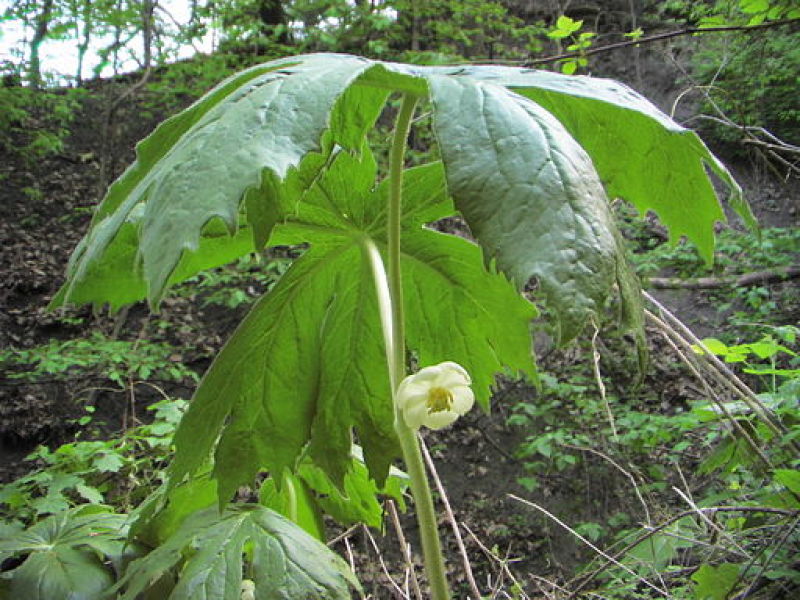
Scientists have found a way to turn a cancer-fighting plant more readily available inside a laboratory.
According to the researchers from the Stanford University in California, this new discovery could lead to the wide-scale production of drugs that can possibly cure cancer, Science Daily has learned.
Originally, medical experts turned to the Himalayan plant mayapple to treat cancer patients since these contain anti-cancer compounds known as podophyllotoxin, which are used the create the Etoposide drug. The main problem, however, is that the mayapple is considered as an endangered plant and takes a long time to grow.
These factors prevent pharmaceutical laboratories from manufacturing huge quantities of the drug.
But, this may all change after lead researcher Elizabeth Sattely and her team discovered how to transfer mayapple's anti-cancer properties into another type of plant that can be easily grown inside labs.
According to Sattely, the mayapple only produces the vital compounds as part of its defense mechanism. So, in order to extract them, the researchers punctured the leaves of the plant to simulate an attack or threatening situation. This then caused the mayapple to produce natural chemicals and proteins to produce the podophyllotoxin compound.
Sattely and her team then extracted the genes of the compound and successfully transferred them to a plant known as Nicotiana benthamiana, which is a relative of tobacco, according to the Daily Times Gazette. Since this plant can be easily grown inside laboratories and other facilities, it can serve as the main source for the development of Etoposide or even a new anti-cancer drug.
According to the researchers, this can be done by mixing the proteins from the plant with yeast to initiate the first stage of production. Also, given the properties of yeast, scientists will be able to modify the genes of the compound in order to create a stronger or more effective form of treatment.
Sattely noted that her team's discovery can be applied to other plants in order to create more effective cancer treatment drugs at lower costs.
"People have been grinding up plants to find new chemicals and testing their activity for a really long time," Sattely said according to Stanford News. "What was striking to us is that with a lot of the plant natural products currently used as drugs, we have to grow that plant, then isolate the compound, and that's what goes into humans."
The findings of Sattely and her team were detailed in a report published on September 10 in the scientific journal Science.



















